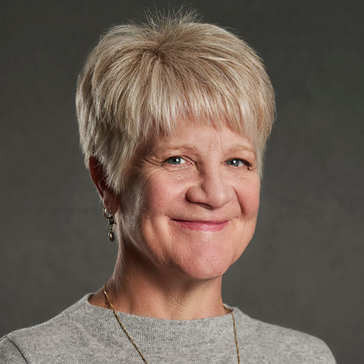“Formative assessment is the way we ensure that the kids are learning. I can stand up there and spout stuff all day long. If I don’t do anything to figure out who’s getting it and who isn’t before it’s too late, then we have a problem.” – Kristy Hobart, Austin teacher
Every day in their classrooms, teachers face a perpetual question—Is what I’m doing working for my students? Facing increasing pressures from new and more rigorous state academic standards and summative tests, teachers are looking for better data to drive instruction. Teachers want tools that will help them chart a path for students, to help them meet higher expectations. To prepare students for life beyond school, teachers need timely information about student learning to inform their lesson planning and help them quickly adjust instruction to meet student needs today, and tomorrow. This is where formative assessments come in.
What is formative assessment?
Unlike summative tests, formative assessment is primarily a teaching tool, not an accountability metric. And formative assessment is fundamental to good teaching. When effectively used, formative assessment practices such as classroom discussions, descriptive feedback and the development of self- and peer-assessment skills yield large and consistent achievement gains.
To understand how teachers are collecting and using evidence of student performance to improve their instruction, we set out to study how teachers use formative assessment daily in classrooms. Working with the Michael & Susan Dell Foundation, we invited three districts interested in increasing their support for formative assessment to participate.
As we describe in our report, Formative Assessment in the Classroom: Findings from Three Districts, teachers in our three study districts (Austin, Denver and Metro Nashville) use a host of formative assessment strategies to find out what students know: questioning, self-assessments, exit tickets, whiteboard checks and many others. Teachers use these strategies daily, even minute-by-minute, to diagnose student progress, to identify gaps in knowledge and understanding, and to determine how to make immediate adjustments in their teaching to improve student learning of specific concepts and skills.
Our findings
When we looked more closely at how teachers in these communities use formative assessments, we found a range of effective practices and an eagerness to do even more:
What’s next?
These findings give us great insight into how teachers make decisions in the classroom on behalf of their students, and where they need more support doing it. For more examples of how teachers are engaging in formative assessment in the classroom, read Formative Assessment in Practice: Teacher Vignettes from Three Districts, a companion piece to the research report. For more information about the study and the Michael and Susan Dell Foundation, click here.

